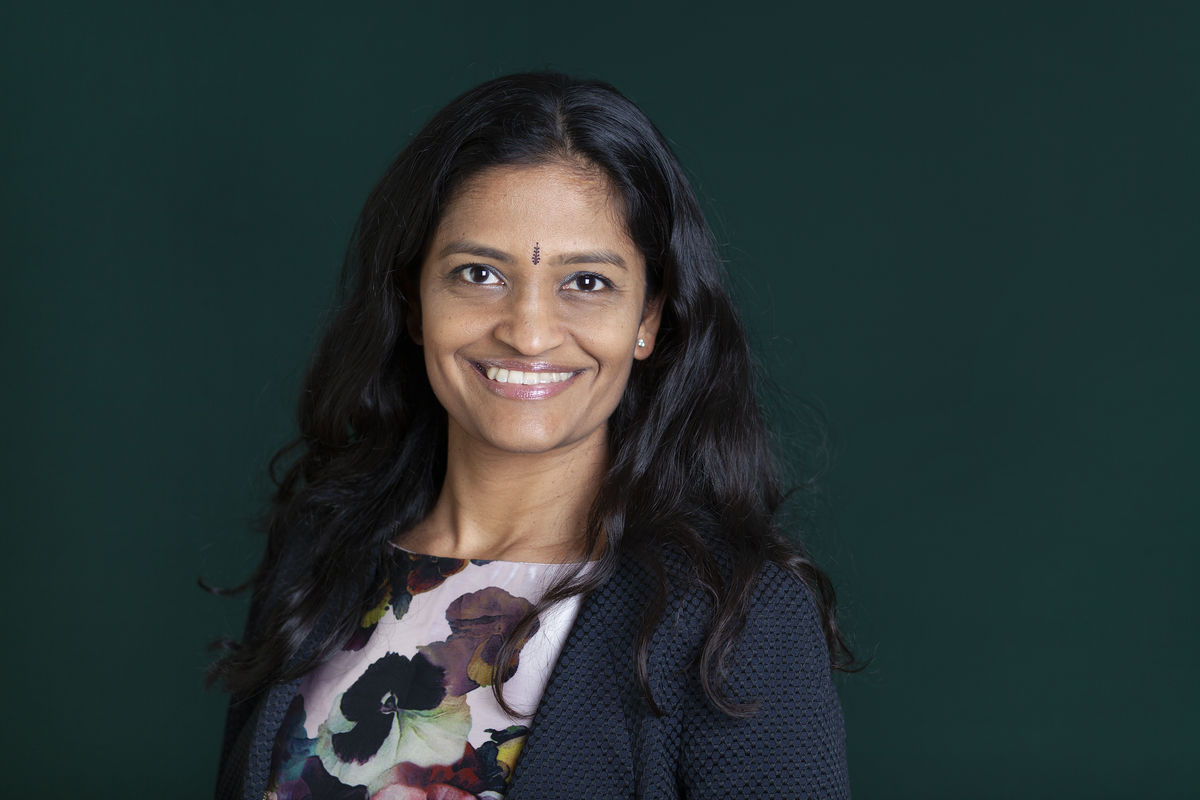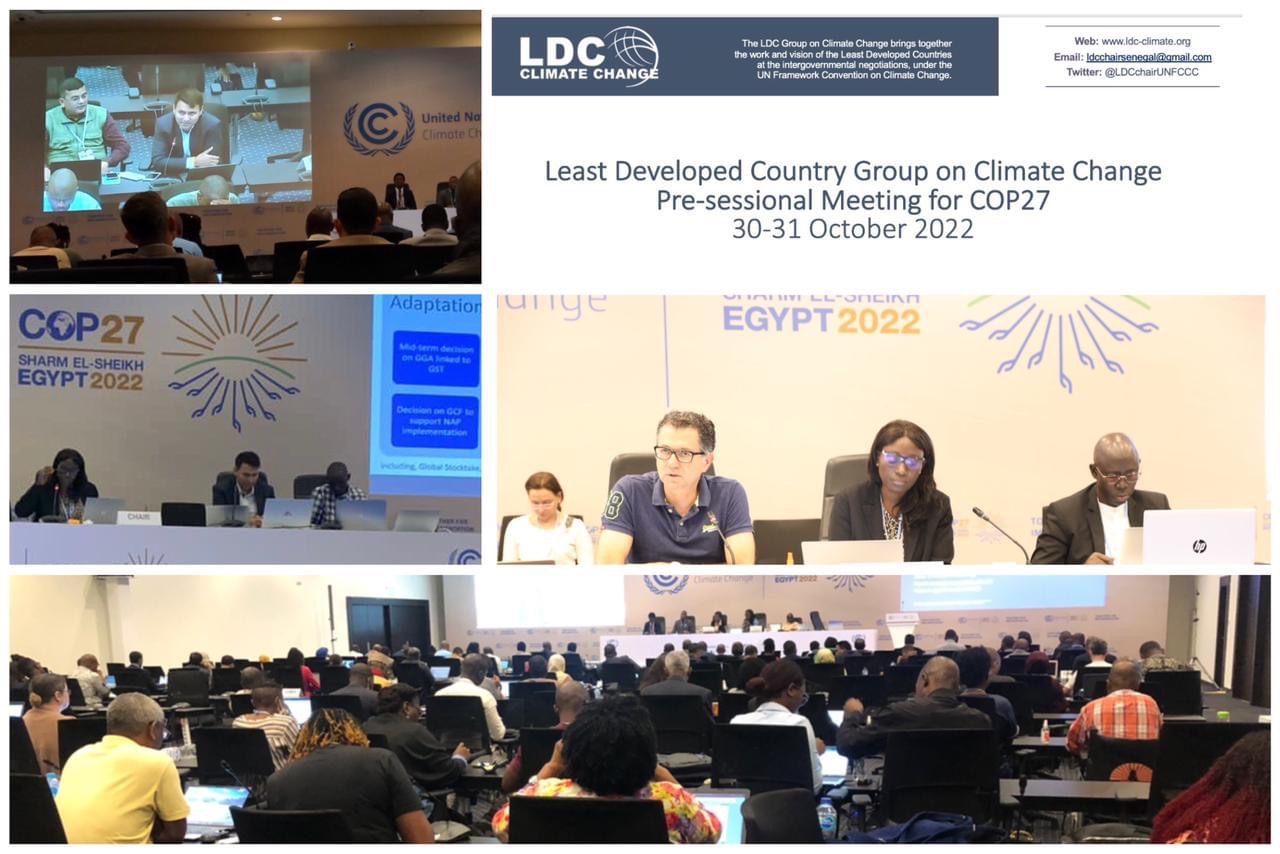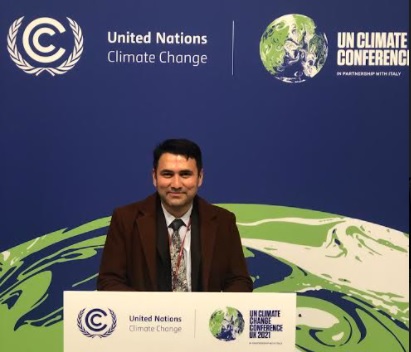‘We need bold and urgent climate actions and this is our last chance to save the planet and humanity’ – Dr Poshendra Satyal

DR POSHENDRA SATYAL worked as a research fellow at the Warwick University’s Department of Politics and International Studies (2018-2019) and Crichton Carbon Centre and ClimateXChange – Scotland’s Centre of Expertise on Climate Change (2012-2014). Poshendra has a Ph.D. in Environmental Policy from the Geography Department of The Open University, UK (2005-2009), MPhil in Environment and Development from the University of Cambridge, UK (2001-2002), BSc (Honours) in Agriculture from Haryana Agricultural University, India (1996-2000), and a BSc from Tribhuvan University, Nepal (1994-1996). He currently works with the Policy Team of BirdLife International’s Global Secretariat in Cambridge, UK. He is also an affiliate researcher at the Global Environmental Justice Research Group of the University of East Anglia, UK. He is also an Adjunct Professor at the Himalayan College of Agricultural Sciences and Technology (Nepal) and an Affiliate Research Fellow at the Southasia Institute of Advanced Studies (Nepal). Dr. Satyal spoke with BHAGIRATH YOGI and DR JAGAN KARKI on COP26 and related issues. Excerpts of the interview:
In your view, how did the opening session of the COP26 go?
In my view, the opening ceremony and Day One of the World Leaders’ Summit was a flurry of carefully crafted speeches and announcements by world leaders and other delegates. We heard from a mix of nations: rich countries such as the UK (the host), Italy, USA, Canada, and Australia to emerging power such as India to island nations such as Barbados. There were also powerful words and warning from various high-level delegates and representatives: Prince Charles, Sir David Attenborough, UN Secretary General, youth representatives, climate activists, and indigenous peoples. It was interesting to hear a variety of views and perspectives from these delegates, representatives as well as plans and announcements of world leaders. Besides the high-level main summit, there have also been a series of interesting side events. Among others, the late-night news that world leaders have agreed to end and reverse deforestation by 2030 and the pledge of 19.2 billion dollars of public and private funds for the purpose comes as an important first major deal at COP26.
So, what are the main agenda for discussions on the table?
While COP21 in 2015 that delivered the Paris Agreement was all about promises, COP26 in Glasgow has been touted as an event for delivery of bold and urgent climate action. The concern and agenda in COP26 are thus focused on accelerating climate action to meet the scale and urgency of the challenge i.e. cutting emissions deeper and faster, adapting to climate impacts, and scaling up finance for developing nations. Looking at the event schedule, the next two weeks are packed with a range of agendas. The event kicked off with a two-day World Leaders’ Summit on Monday in which country leaders and representatives are outlining their climate ambitions on how to secure global net zero by mid-century and keep 1.5°C alive. This will be followed with dedicated events on specific themes: financing (scaling up of both public and private finance on climate action); energy (accelerating phasing out of coals and fossil fuels and switching to renewables); meaningful participation of women, youth and public empowerment; importance of nature and sustainable land use (including combating deforestation) for climate action; issues of adaptation, loss and damage (including actions to support vulnerable nations, communities and habitats); role of science and technology for climate solutions; actions towards zero-emission transport; and linking communities, cities and regions on climate action. In the words of the UK Prime Minister Boris Johnson, the host nation’s agenda for COP26 can be summarised as “coal, cash, cars and trees” i.e. phasing out of coal; collective finance for carbon finance; switching to electric vehicles; and addressing deforestation and advancing forest restoration.
COP26 also has a central theme on collaboration (between governments, businesses, and civil society of different kinds – including Indigenous Peoples and local communities, youth, women). However, as we have seen in the past COP meetings, different parties and actors take different positions and perspectives on various aspects of climate policies. Thus, there is going to be a lot of heated debates and deliberations in the negotiations. We can only wait and see how negotiations and outcomes in the next two weeks unfold in terms of whether, to what extent, and how COP26 will set a decisive pathway for achieving net zero and whether we are ready to take forward coordinated climate action for decades to come.
Least Developed Countries (LDCs) have been on the receiving end of the climate impact though they pollute far less than the richer countries. Is ‘Loss and Damage’ going to be a major agenda during the summit?
Climate change impacts are inequitably distributed as the people who contributed least to the problem are the ones to suffer the most. For example, while Nepal’s contribution to global carbon emissions is only about 0.02 percent, the country is already experiencing climate change impacts (in the form of unpredictable and erratic rainfalls, increased cases of landslides, flooding, and glacier melting). It is mostly the LDCs like Nepal, vulnerable nations, particularly the small island nations which will suffer more from climate change impacts in the future. In fact, as the recently launched World Meteorological Organisation’s report highlighted, it is already happening: extreme weather and climate change impacts killed thousands of people, displaced millions, and cost hundreds of billions of dollars in Asia in 2020, while also having a heavy toll on infrastructures and ecosystems.
For LDCs and vulnerable countries, ‘loss and damage’ is a key agenda item and there is a dedicated event at COP26 on 8th November (Monday) on the theme of ‘delivering practical solutions needed to adapt to climate impact and address loss and damage’. LDCs have for years accused the richest nations, which were the first to start polluting the atmosphere, of failing to take a fair share of the burden. In fact, there are several ethical and justice issues associated with mitigating and adapting to climate change. The richest countries such as from G7 and G20 groups have a moral responsibility to help the poorest and vulnerable nations and people. Yet, there is often a tendency from the developed countries to tone down the language of ‘loss and damage’ by couching it under ‘adaptation’. LDCs have been calling for a balanced redistribution of finance (50/50) between mitigation and adaptation (of the pledged annual fund of 100 billion dollars a year, which remains unfulfilled so far!) and with dedicated extra finance for loss and damage. The practical support on loss and damage has been very slow. It remains to be seen whether and how COP26 will be able to make a progress and ensure that there is fair share of loss and damage finance (not merely adaptation) that goes to the most vulnerable countries and communities already facing extreme impacts.
In the aftermath of the Paris Agreement, how likely is it that countries will be willing to lower the target of CO2 emissions to keep the 1.5-degree Celsisus limit of global temperature rise?
The Paris Agreement was aimed at limiting global warming to less than 2 degrees Celsius by this century, compared to temperature before the industrial revolution, with a more ambitious goal of staying below 1.5 degrees Celsius. However, various reports that have come out in the run-up to the Glasgow COP26 have suggested that we have not been able to meet the expectations and targets of the Paris Agreement. For example, the recent Emissions Gaps report by UNEP has shown the world is on course to warm around 2.7degree Celsius with huge disruptive impacts. Based on the periodic Nationally Determined Contributions (NDCs) submitted by the countries, as this report has highlighted, we are only 7.5% off predicted 2030 emissions compared to previous commitments. The IPCC Physical Science basis report 2021 has also warned that we have missed the target and are already hitting the limit. Key messages from these reports are very clear: we need bold and urgent climate actions with deep and fast curbing of emissions, and this is our last chance to save the planet and humanity!
How do you see the issue of nature, climate, and people being presented in COP26?
Besides climate targets, we also have global efforts and initiatives on nature and people such as meeting the Sustainable Development Goals (by 2030), the Global Biodiversity Framework (currently under negotiation and to be finalised for implementation during the COP15 in Kunming, China), and the UN Decade on Ecosystem Restoration (2021-2030). Because of the interrelated issues of climate, nature and people, various organisations like BirdLife have been advocating that net zero and the carbon-neutral target is not enough, we also need to build an equitable and nature-positive future. This has been acknowledged by the formal COP26 programme which has a Nature Day event on 6th November (Saturday).
The joint IPBES and IPCC report earlier has also highlighted that we urgently need demonstrable solutions which tackle the climate crisis, biodiversity loss, and societal challenges together. Investing in nature also has a range of local and global benefits because ecosystems such as forests, wetlands, peatlands, grasslands together provide nature-based solutions to climate mitigation (absorbing one-third of carbon dioxide from the atmosphere), support livelihoods, maintain biodiversity and help towards adaptation to climate change. Hence we need integrated agendas to address the interrelated crises of economic and political stability, climate, and nature, aligning with achieving the climate targets of the Paris Agreement, the Sustainable Development Goals, and targets of the Global Biodiversity Framework.
From adaptation and compensation, climate negotiations are complex in their nature. How can civil society from the Global South make their voices heard?
Global policy processes like the COP26 are indeed complex as there is a lot of politics and diversity of positions from a range of actors. In order to consolidate positions and have a collective voice, governments and civil society from the Global South have been already holding a number of preparatory meetings prior to COP26 – such as between the LDCs, African Group of Negotiators and Small Island Developing States as well as between different civil society groups – environmental I/NGOs, Indigenous Peoples and local communities, women, youth, minority groups and so on. The civil society from the Global South should network and make strategic alliances with both like-minded organisations and governments (e.g. from LDCs and G77) on specific issues to amplify their voices, positions and priorities. For example, Indigenous peoples and local communities from the Global South have been advocating for their recognition and rights as leaders of biodiversity and climate actions and demanding their full and effective participation in all levels of decision-making processes and many civil society organisations have been supporting their advocacy.
For a country like Nepal that is sandwiched between two Asian giants, China and India, that together emit 35 percent of the CO2 emissions in the world, how important are COP26 negotiations?
For climate vulnerable countries like Nepal COP26 negotiations and outcomes matter a lot – particularly in terms of climate finance, technology transfer, and capacity strengthening. China and India are global players and are also important from climate mitigation aspects. The positions they take on certain issues such as phasing out of coals and agreeing to the timelines for rapid reduction of emissions will also have impacts on global and regional cooperation for climate action. Besides China is hosting the COP15 on biodiversity and its leadership and position on biodiversity and climate is important in terms of developing the next course of action. Nepal should take up its country-specific priorities as well as regional issues such as the Himalayas and the Hindu Kush region with India and China as Nepal and Himalayas are one of the most vulnerable to the impacts of climate change. Nepal should also play a strategic role as an intermediary to facilitate climate and biodiversity discussions between these countries and others, not only for its own advantage but also for wider benefits regionally and globally.
For millions of people in poor countries, Covid 19 has added new challenges in their livelihoods. What do you think needs to be done to deal with climate change in the so-called post Covid world?
The current, devastating pandemic has clearly brought into sharp focus how our mismanagement of nature is not only causing ecological breakdown and exacerbating climate change, but also driving the emergence of zoonotic diseases. With the new challenges, it is again the poorest in the Global South who have been affected the most. In fact, in our recent research in Nepal, we found that COVID19 has negatively impacted the achievement of most Sustainable Development Goals in the short- to medium-term but it may also open up a narrow window for sustainable transformation.
In the post-COVID context, pandemic recovery plans must include steps to tackle climate change, biodiversity loss, and social inequality. It is not just about economic recovery and building back better, we need to focus on a green and just recovery towards achieving an equitable, climate-neutral, and nature-positive future. The developed world had pledged 100 billion dollars per year for climate finance in 2009, which is now postponed to 2023. Integrated investment and blended finance, both from the public and private sectors will be crucial for mobilising sustainable funding to civil society and governments in the Global South.



















Facebook Comments